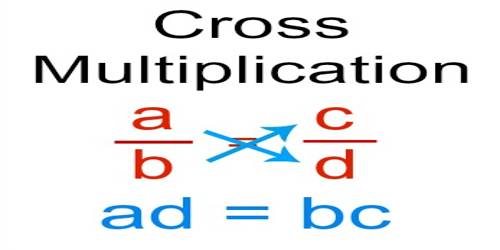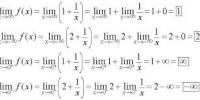Cross multiplication to solve proportions
Cross multiplying is a way to solve an equation that involves a variable as part of two fractions set equal to each other. In mathematics, specifically in elementary arithmetic and elementary algebra, given an equation between two fractions or rational expressions, one can cross-multiply to simplify the equation or determine the value of a variable. The variable is a placeholder for an unknown number or quantity, and cross-multiplying reduces the proportion to one simple equation, allowing you to solve for the variable in question.
A proportion is an equation which states that two ratios are equal.
When the terms of a proportion are cross multiplied, the cross products are equal.

Cross multiplication is the multiplication of the numerator of the first ratio by the denominator of the second ratio and the multiplication of the denominator of the first ratio by the numerator of the second ratio.
21/70 = 3/10
21 * 10 = 70 * 3
210 = 210
If one term of a proportion is not known, cross multiplication can be used to find the value of that term.
x/70 = 3 / 10
x * 10 = 70 * 3
10x = 210
10x / 10 = 210 / 10
x = 21.
Information Source;
















